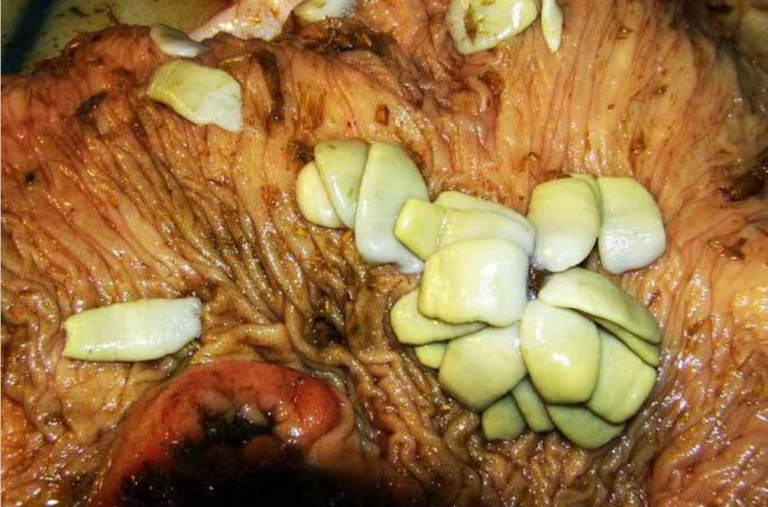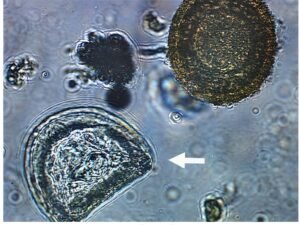Tapeworm

Lo
TAPEWORM
There are three species of tapeworm that are recognized to impact horses: Anoplocephala perfoliata, which is the most prevalent in the UK, along with Anoplocephala magna and Anoplocephaloides mamillana.
Tapeworms inhabit the ileocaecal junction, which is the area where the small intestine connects to the large intestine, as well as the small intestine itself. They attach to the intestinal wall of horses and derive nourishment from the food consumed by the horse.
SYMPTOMS
Saliva testing conducted on horses in the UK has revealed that 23% are infected with tapeworms. While this figure is lower than previously estimated, it remains crucial to remain alert, as these parasites can cause significant damage to gut tissue, leading to serious health issues such as diarrhea, weight loss, and colic.
TESTING WITH EQUISAL
The EquiSal test is an innovative and user-friendly saliva test designed to identify harmful tapeworm infections in horses. It operates by measuring the levels of antibodies produced by the horse in response to tapeworm parasites. This provides an accurate assessment of infection levels, categorizing them as low, borderline, or moderate/high, and indicating whether treatment is necessary. Developed by Austin Davis Biologics.
Unlike traditional ELISA blood tests, horse owners can collect samples independently using a specially designed saliva collection swab that is placed in the horse’s mouth. By integrating this test with regular worm counts, we can effectively target treatments for the three primary parasite groups that pose a significant risk to equine health. It is recommended that horses be tested for tapeworms every six months, at least four months after the last tapeworm treatment. While tapeworm eggs can often be observed under a microscope during a worm egg count, this method is not definitive, as the eggs are laid in packets that may not always release their contents into the feces.

TREATMENT FOR TAPEWORM
If you have utilised the EquiSal saliva test, you will only need to administer treatment for tapeworm if the results indicate an infection.
Evidence-based treatment is the most effective approach, as it minimizes the use of unnecessary chemicals, reduces the risk of developing resistance to these vital medications, and is more beneficial for the horse’s health and the environment.
Alternatively, you may opt for a routine deworming schedule. This should occur at least once a year, ideally towards the end of the season. In situations where there is a higher risk of infection—such as with horses that have known or recurring issues, those that frequently travel for training or competitions, or in environments where herd dynamics change often or where many horses are kept together—a second treatment should be administered six months later.
Historically, tapeworm treatment was performed in the spring and autumn, coinciding with the beginning and end of the hunting season, when horses were turned out to pasture for the summer.
While this timing can serve as a helpful reminder, it is not critical when you choose to test, as long as there is a six-month interval between treatments.
It may be advantageous to combine your winter treatment for encysted redworm and tapeworm using Equest Pramox between December and February.
To mitigate resistance, alternate the use of praziquantel with a double dose of pyrantel. Pyrantel will also have some effect on the adult stages of redworm. In rare instances, horses with significant tapeworm infestations may experience colic after treatment, a condition referred to as post-dosing colic. It is advisable to consult a veterinarian to address this issue.
Horse tapeworms depend on an intermediate host, the oribatid mite, a minuscule organism that inhabits grasslands and forage. Horses acquire tapeworm eggs while grazing on pastures or consuming hay and straw.
Tapeworms grow relatively slowly, taking months to reach maturity in the horse’s digestive system. Mites are believed to be more prevalent in permanent pastures with acidic soils and less common in chalky downland or short-term grass leys.
